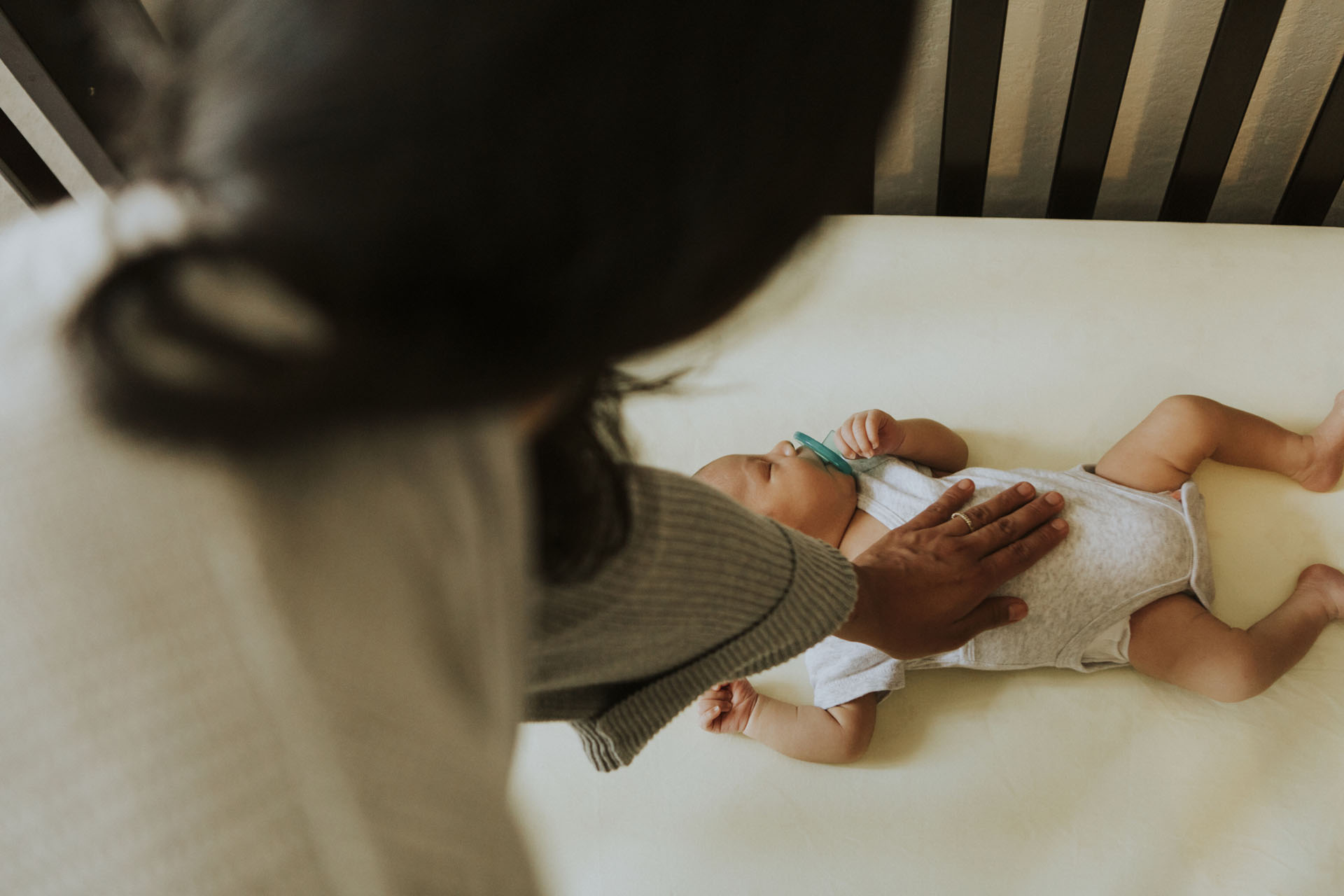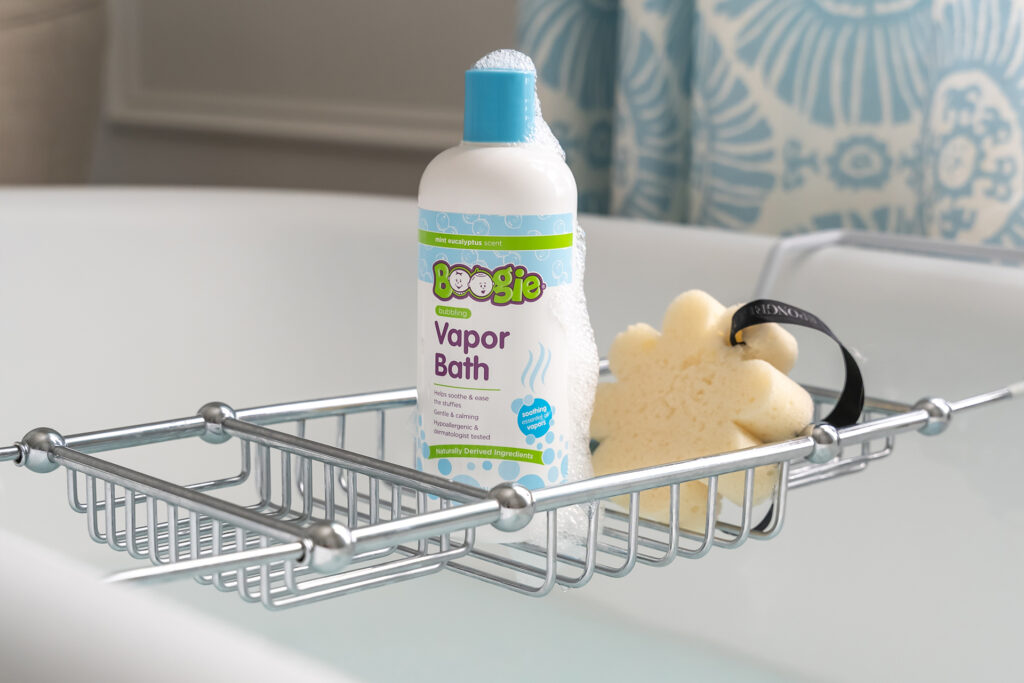As a new parent, your number one job is keeping your baby safe, and that starts with sleep. Here are some sleep tips to keep in mind.
Keep the crib safe: Due to safety concerns, the Canadian Paediatric Society and Public Health Agency of Canada guidelines recommend that babies sleep on a firm flat surface in their crib for all sleep periods (day and night). They also recommend avoiding the use of soft materials in the crib, including blankets, bumper pads, comforters, stuffed animals, pillows, and other pillow-like items such as rolled up blankets and infant sleep positioners, which can prevent the circulation of air around a baby’s face and lead to suffocation.
Avoid bed-sharing: Bed-sharing (sometimes referred to as co-sleeping) is not recommended due to evidence linking bed-sharing with accidental smothering and suffocation. Due to the same safety concerns, waterbeds, air mattresses, couches, rocking chairs, car seats, infant swings or baby carriers should also not replace the crib for sleep. However, room-sharing (having your child sleep in a crib in the parental room) until six months of age is associated with a reduced risk of Sudden Infant Death Syndrome (SIDS). Make sure that your child’s crib meets Health Canada’s current safety standards.
Sleep on the back: Until your baby can roll or move to another position on her own, the ‘back to sleep’ position is recommended by the Canadian Paediatric Society and Public Health Agency of Canada as it has been shown to significantly reduce the risk of SIDS. However, according to these guidelines, once babies can move to another position independently, they do not need to be repositioned or kept on their back, unless there is a medical reason to do so.
Maintain temperature: To avoid overheating your infant, keep the room temperature on the cool side of comfortable and do not overdress your baby. A good rule of thumb is that if a temperature is comfortable for a lightly clothed adult, it is usually comfortable for a baby. In the warmer months, a single light layer of clothing should be sufficient. In the cooler months, depending on the household temperature, if a second layer of dressing is needed, a sleep-sack is recommended rather than a loose blanket (which can cover a young child’s face). Do not use a heater in your child’s room.
Remember! Practice the ABCs of safe sleep: Babies should always sleep Alone, on their Backs, in a Crib. Place your baby on his or her back for every sleep, nighttime and naptime.
For more information on safe sleep practices for infants, see the following handouts for parents:
- “Safe Sleep for Babies” (Canadian Paediatric Society)
- “Safe Sleep for Your Baby” (Public Health Agency of Canada)
Dr. Cohen is a Registered Psychologist in private practice in Toronto. She received her Ph.D. in Clinical Psychology from York University and developed an interest in parenting issues related to children’s sleep disturbances after having her first child. She is active in the community disseminating information on healthy sleep practices and increasing awareness of the importance of making sufficient sleep a family priority. More information about Dr. Cohen’s work can be found at: www.kidsleep.ca
Originally published in September 2015. Photo by iStockphoto.










